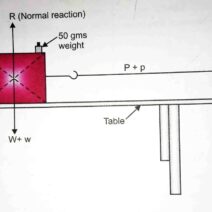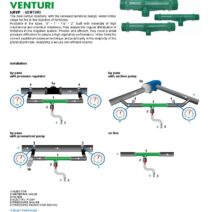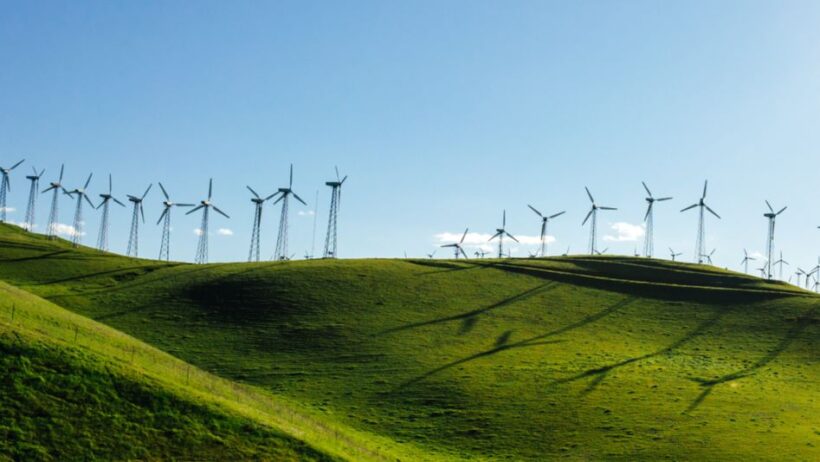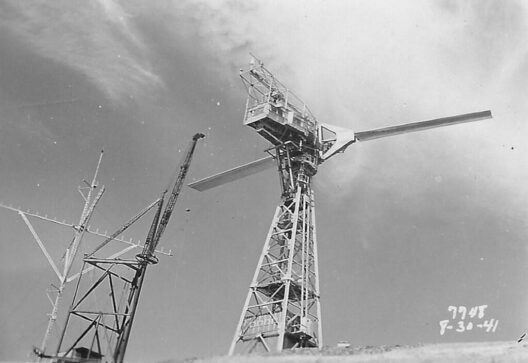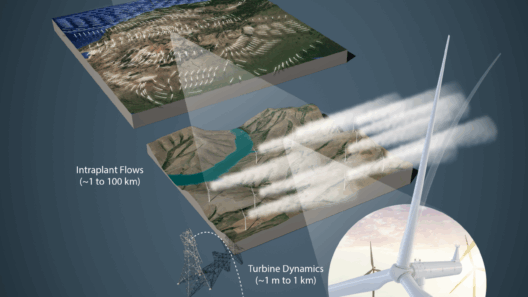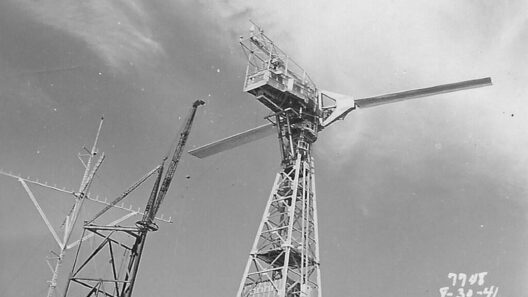Wind energy has emerged as a pivotal force in the quest for sustainable power generation. As global concerns about climate change and environmental degradation mount, harnessing the wind offers a promising solution. This article explores the multifaceted advantages of wind energy, shedding light on its potential to transform our energy landscape.
Understanding the essence of wind energy requires a scrutiny of its ecological, economic, and social benefits. By delving into these aspects, we can comprehend the significance of transitioning to this renewable energy source.
Wind Energy: A Greener Tomorrow
In the face of escalating environmental crises, the urgency for cleaner energy sources cannot be overstated. Wind energy, derived from the natural movement of air, harnesses a perpetual source of power that is inexhaustible and devoid of carbon emissions. Unlike fossil fuels, which deplete finite resources and contribute to greenhouse gas emissions, wind energy presents a sustainable alternative. This fundamental distinction marks a significant milestone in the fight against climate change.
Moreover, wind energy facilities consume no water for electricity generation, a stark contrast to traditional thermal power plants that rely heavily on water for cooling processes. This attribute is particularly crucial in arid regions where water scarcity is of paramount concern. The minimal ecological footprint of wind-generated electricity, thus, offers a dual advantage: mitigating climate impact while preserving vital water resources.
Additionally, the potential for land duality provides a unique advantage. Wind farms can coexist with agricultural practices, enabling farmers to continue cultivating crops or grazing livestock, thereby optimizing land use without compromising food production. This synergy highlights how wind energy can dovetail with existing land practices, paving the way for a sustainable future.
The Economic Upsurge of Wind Energy
The economic implications of embracing wind energy cannot be overlooked. A profound benefit lies in job creation. From manufacturing turbines to maintenance and operation, the wind energy sector onboards a vast array of employment opportunities. This burgeoning industry is expected to generate millions of jobs over the coming decades, stimulating local economies and providing prospects for a diverse workforce.
Additionally, the investment in wind energy infrastructure fuels economic growth. As governments pivot towards renewable energy sources, the financial influx in constructing wind farms significantly benefits local communities. Infrastructure development, coupled with the influx of jobs, fosters a robust economic ecosystem. This paradigm shift not only underpins current job markets but also lays a foundation for future resilience in energy sector employment.
Cost-effectiveness is another salient advantage of wind energy. Technological advancements in turbine design and efficiency have drastically reduced the cost of wind power generation. Today, onshore wind energy is often one of the cheapest sources of electricity available. The decreasing costs associated with wind energy infrastructure and operational efficiencies make it an attractive investment for utilities and energy developers alike.
Wind energy also promotes energy independence. As nations seek to reduce their reliance on imported fuels, wind energy offers a domestic source of power that can enhance energy security. By diversifying the energy portfolio, countries can buffer their economies against volatile fossil fuel markets while ensuring a stable energy supply.
The Social Dimension: Empowering Communities
The advantages of wind energy extend into the social sphere, empowering communities in unprecedented ways. One compelling aspect is the potential for community ownership of wind projects. When local stakeholders participate in the development and ownership of wind farms, they reap the benefits of renewable energy generation directly. This local engagement cultivates a sense of agency and fosters stronger community ties, encouraging civic participation in energy decisions.
Furthermore, wind energy projects can lead to significant tax revenue for local governments. The revenues generated can be reinvested into community infrastructure, education, and local services, improving the quality of life for residents. This financial cascade can enhance social welfare and contribute to greater community sustainability.
Education and awareness about renewable energy are pivotal in fostering environmental stewardship. The visibility of wind farms often serves as an inspiration for local communities to embrace sustainable practices. This not only cultivates a culture of sustainability but also piques curiosity about other renewable technologies, leading to a more informed populace.
In addition to community empowerment, wind energy contributes to improved public health. By diminishing reliance on fossil fuels and reducing harmful emissions, air quality improves markedly. This translates to fewer health issues related to air pollution, ultimately benefitting public health systems and enhancing the overall well-being of communities. The positive externalities of transitioning to wind energy reverberate across socioeconomic strata, fostering a healthier environment.
In summation, the advantages of wind energy weave a compelling narrative of opportunity, resilience, and sustainability. From its potential to mitigate climate change and economic benefits to its role in fostering community engagement and improved public health, wind energy encapsulates a transformative approach to our energy challenges. Harnessing the wind not only empowers us to transition to a cleaner future, but it also fosters a collective ethos of responsibility towards our planet. As curiosity grows around renewable energy, it is imperative to recognize the promises held within wind energy, encouraging a broader conversation about our energy choices and their implications for generations to come.

